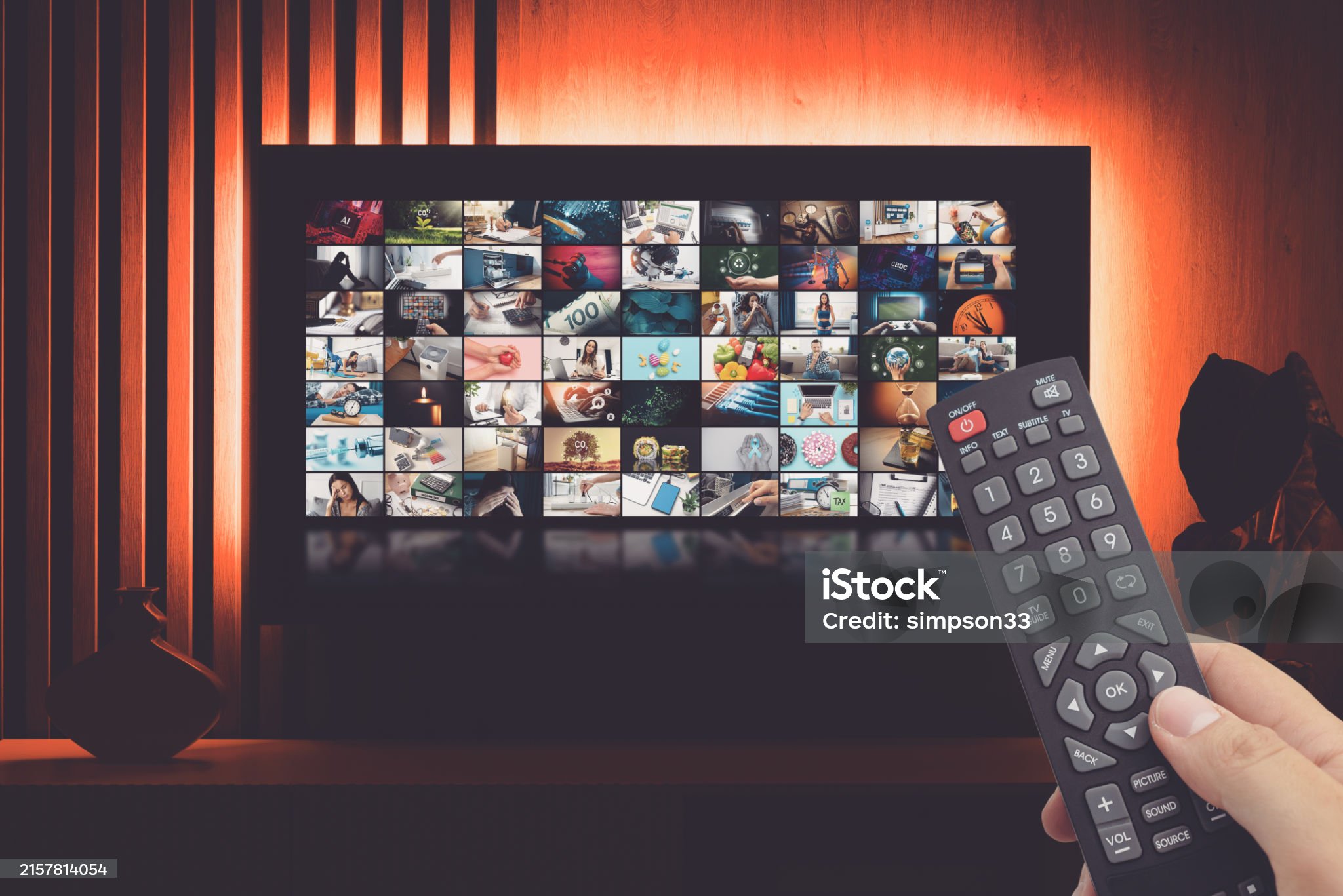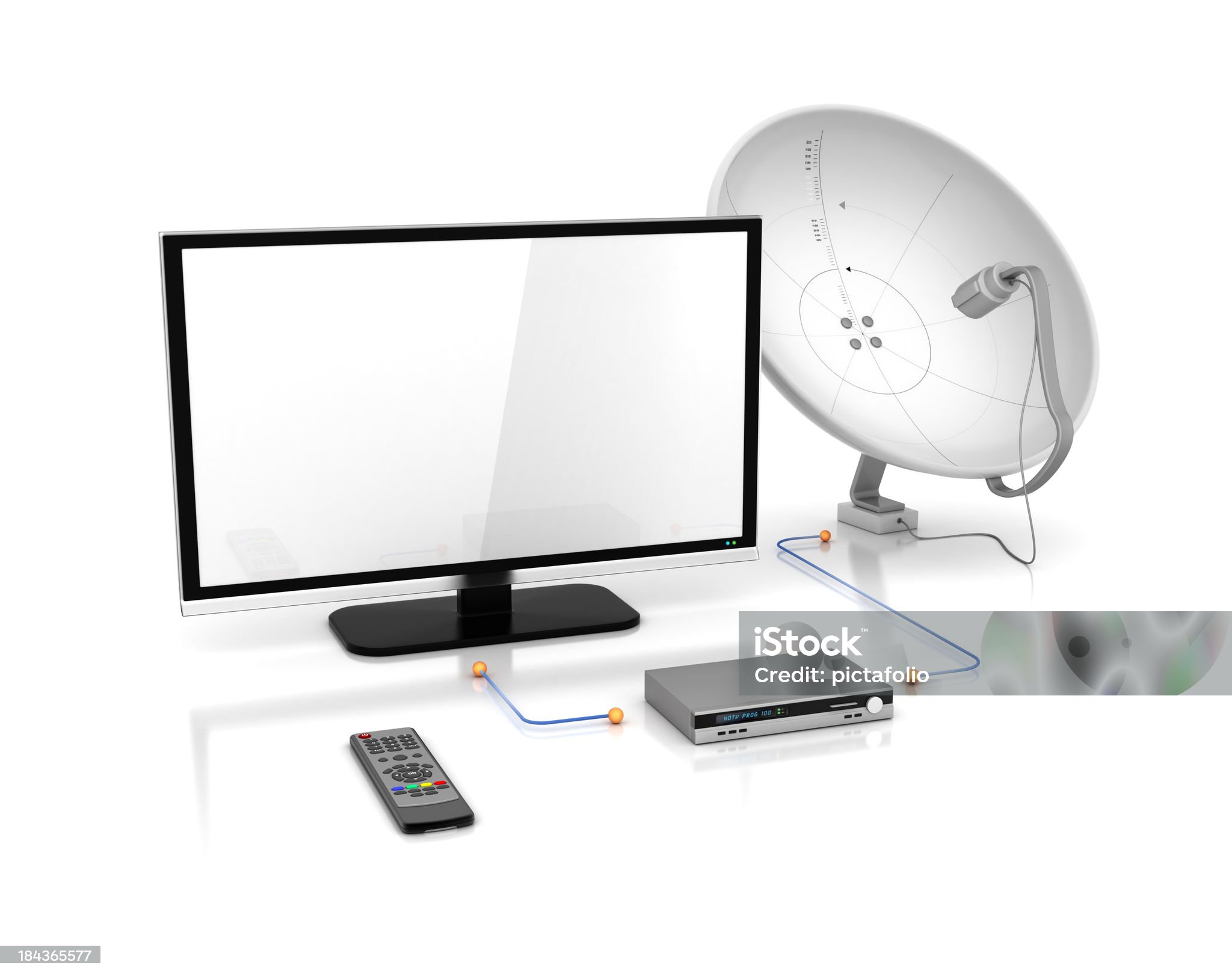IPTV in the USA and UK: Virtual Reality, AI
IPTV in the USA and UK: Virtual Reality, AI
Blog Article
1.Understanding IPTV

IPTV, also known as Internet Protocol Television, is becoming progressively more influential within the media industry. In stark contrast to traditional TV broadcasting methods that use costly and largely exclusive broadcasting technologies, IPTV is streamed over broadband networks by using the same Internet Protocol (IP) that powers millions of personal computers on the current internet infrastructure. The concept that the same shift towards on-demand services is forthcoming for the era of multiscreen TV consumption has already piqued the curiosity of various interested parties in the technology convergence and growth prospects.
Audiences have now started to watch TV programs and other video content in a variety of locations and on numerous gadgets such as cell or mobile telephones, computers, laptops, PDAs, and additional tools, aside from using good old TV sets. IPTV is still in its infancy as a service. It is growing, however, by leaps and bounds, and different commercial approaches are developing that are likely to sustain its progress.
Some assert that cost-effective production will likely be the first type of media creation to dominate compact displays and capitalize on niche markets. Operating on the commercial end of the TV broadcasting pipeline, the current state of IPTV hosting or service, however, has several clear advantages over its rival broadcast technologies. They include high-definition TV, on-demand viewing, personal digital video recorders, voice, internet access, and instant professional customer support via alternate wireless communication paths such as cell phones, PDAs, satellite phones, etc.
For IPTV hosting to work efficiently, however, the networking edge devices, the core switch, and the IPTV server consisting of video encoders and blade server setups have to collaborate seamlessly. Dozens regional and national hosting facilities must be entirely fail-safe or else the broadcast-quality signals fail, shows seem to get lost and don’t get recorded, communication halts, the picture on the TV screen is lost, the sound becomes interrupted, and the shows and services will malfunction.
This text will address the competitive environment for IPTV services in the U.K. and the United States. Through such a side-by-side examination, a range of key regulatory themes across multiple focus areas can be revealed.
2.Regulatory Framework in the UK and the US

According to the legal theory and the related academic discourse, the regulatory strategy adopted and the details of the policy depend on how the market is perceived. The regulation of media involves competition policy, media control and proprietorship, consumer safeguarding, and the safeguarding of at-risk populations.
Therefore, if the goal is to manage the market, we have to understand what media markets look like. Whether it is about ownership restrictions, market competition assessments, consumer rights, or children’s related media, the governing body has to possess insight into these areas; which media sectors are expanding rapidly, where we have competitive dynamics, vertical consolidation, and ownership crossing media sectors, and which sectors are lagging in competition and ripe for new strategies of market players.
In other copyright, the media market dynamics has already changed from the static to the dynamic, and only if we analyze regulatory actions can we identify future trends.
The growth of IPTV on a global scale normalizes us to its dissemination. By combining a number of conventional TV services with cutting-edge services such as interactive IT-based services, IPTV has the potential to be a significant element in boosting remote area viability. If so, will this be enough to prompt regulatory adjustments?
We have no data that IPTV has greater allure to individuals outside traditional TV ecosystems. However, some recent developments have hindered IPTV expansion – and it is these developments that have led to dampened forecasts about IPTV's future.
Meanwhile, the UK implemented a lenient regulatory approach and a proactive consultation with industry stakeholders.
3.Key Players and Market Share

In the UK, BT is the dominant provider in the UK IPTV market with a 1.18% market share, and YouView has a 2.8% share, which is the context of single and two-service bundles. BT is typically the leader in the UK according to market data, although it varies marginally over time across the range of 7 to 9%.
In the United Kingdom, Virgin Media was the initial provider of IPTV through HFC infrastructure, followed by BT. Netflix and Amazon Prime are the dominant streaming providers in the UK IPTV market. Amazon has its own set-top device-centered platform called Amazon Fire TV, similar to Roku, and has just entered the UK. However, Netflix and Amazon are absent from telecom providers' offerings.
In the US, AT&T leads the charts with a market share of 17.31%, outperforming Verizon’s FiOS at 16.88%. However, considering only IPTV services over DSL, the leader is CenturyLink, trailing AT&T and Frontier, and Lumen.
Cable TV has the dominant position of the American market, with AT&T successfully attracting an impressive 16.5 million users, largely through its U-verse service and DirecTV service, which also functions in Latin America. The US market is, therefore, segmented between the main traditional telephone companies offering IPTV services and modern digital entrants.
In these regions, leading companies offer integrated service packages or a loyal customer strategy for the majority of their marketing, promoting multi-play options. In the United States, AT&T, Verizon, and Lumen primarily rely on self-owned networks or legacy telecom systems to provide IPTV options, though to a lesser extent.
4.Content Offerings and Subscription Models

There are differences in the media options in the British and American IPTV landscapes. The potential selection of content includes real-time national or local shows, streaming content and episodes, pre-recorded shows, and unique content like TV shows or movies only available through that service that aren’t available for purchase or aired outside the platform.
The UK services feature classic channel lineups similar to the UK cable platforms. They also offer mid-size packages that include the key pay TV set of channels. Content is grouped not just by genre, but by distribution method: terrestrial, satellite, Freeview, and BT Vision VOD.
The main differentiators for the IPTV market are the payment structures in the form of preset bundles versus the more flexible per-channel approach. UK IPTV subscribers can opt for extra content plans as their viewing tastes change, while these channels are included by default in the US, in line with a user’s initial preset contract.
Content alliances reflect the varied regulatory frameworks for media markets in the US and UK. The trend of reduced exclusivity periods and the evolving industry has notable effects, the most direct being the business standing of the UK’s primary IPTV operator.
Although a late entrant to the crowded and competitive UK TV sector, Setanta is placed to attract a large customer base through presenting a modern appeal and holding premier global broadcasting rights. The strength of the brands plays an essential role, combined with a product that has a cost-effective pricing and caters to passionate UK soccer enthusiasts with an attractive additional product.
5.Future of IPTV and Tech Evolution

5G networks, in conjunction with millions of IoT devices, have disrupted IPTV transformation with the implementation of AI and machine learning. Cloud computing is greatly enhancing AI systems to enable advanced features. Proprietary AI recommendation systems are being widely adopted by content service providers to enhance user engagement with their own unique benefits. The video industry has been enhanced with a fresh wave of innovation.
A larger video bitrate, by increasing resolution and frame rate, has been a main objective in boosting audience satisfaction and expanding subscriber bases. The advancements in recent years stemmed from new standards developed by industry stakeholders.
Several proprietary software stacks with a reduced complexity are on the verge of production. Rather than focusing on feature additions, such software stacks would allow media providers to prioritize system efficiency to further improve customer satisfaction. This paradigm, reminiscent of prior strategies, relied on user perspectives and their expectation of worth.
In the near future, as rapid tech uptake creates a level playing field in audience engagement and industry growth levels out, we predict a more streamlined tech environment to keep senior demographics interested.
We emphasize a couple of critical aspects below for the UK and US IPTV markets.
1. All the major stakeholders may participate in the evolution in content consumption by tv uk shows making static content dynamic and engaging.
2. We see virtual and augmented reality as the key drivers behind the emerging patterns for these domains.
The shifting viewer behaviors puts analytics at the forefront for every stakeholder. Legal boundaries would restrict unrestricted availability to consumers' personal data; hence, privacy regulations would likely resist new technologies that may risk consumer security. However, the present streaming landscape suggests otherwise.
The digital security benchmark is presently at an all-time low. Technological advances have made system hacking more remote than a job done hand-to-hand, thereby favoring digital fraudsters at a larger scale than manual hackers.
With the advent of hub-based technology, demand for IPTV has been increasing rapidly. Depending on user demands, these developments in technology are poised to redefine IPTV.
References:Bae, H. W. and Kim, D. H. "A Study of Factors affecting subscription to IPTV Service." JBE (2023). kibme.org
Baea, H. W. and Kima, D. H. "A Study about Moderating Effect of Age on The IPTV Service Subscription Intention." JBE (2024). kibme.org
Cho, T., Cho, T., and Zhang, H. "The Relationship between the Service Quality of IPTV Home Training and Consumers' Exercise Satisfaction and Continuous Use during the COVID-19 Pandemic." Businesses (2023). mdpi.com
Report this page